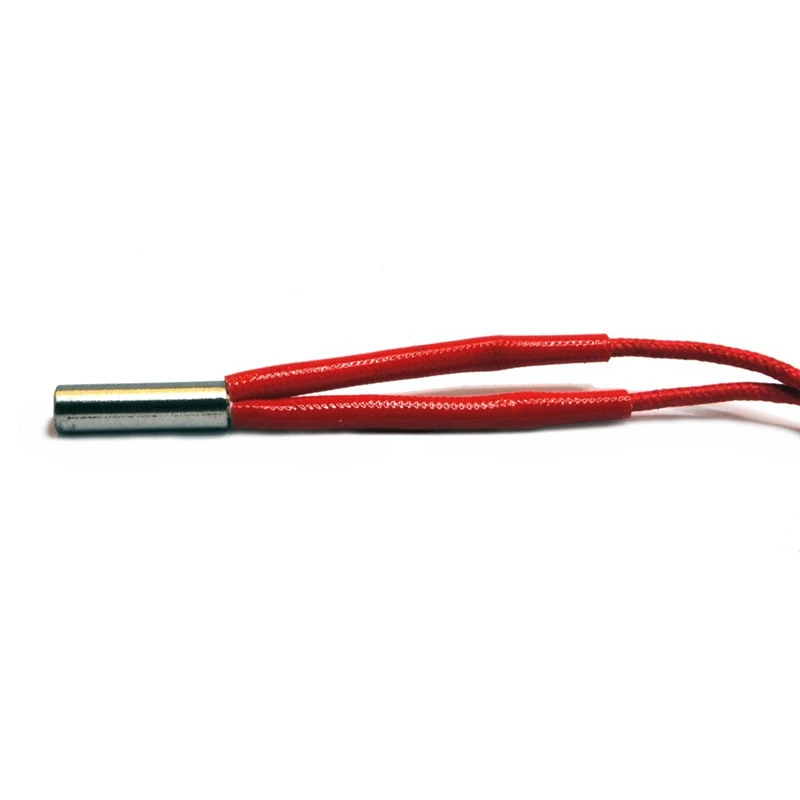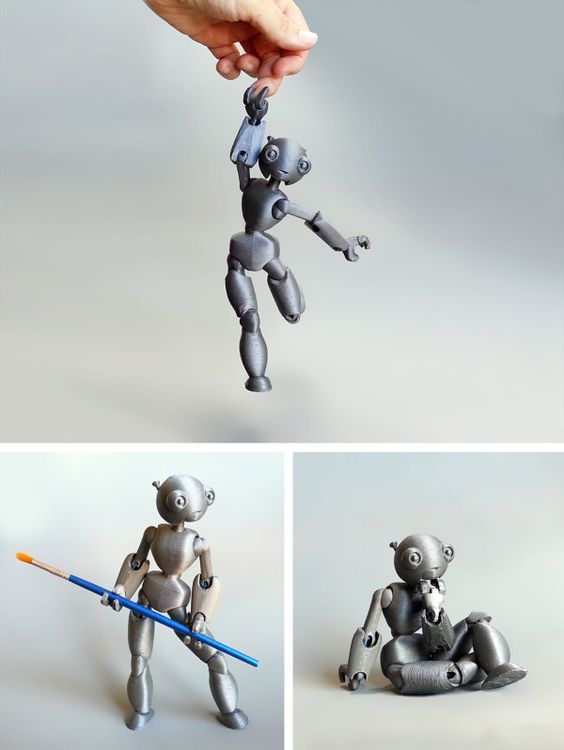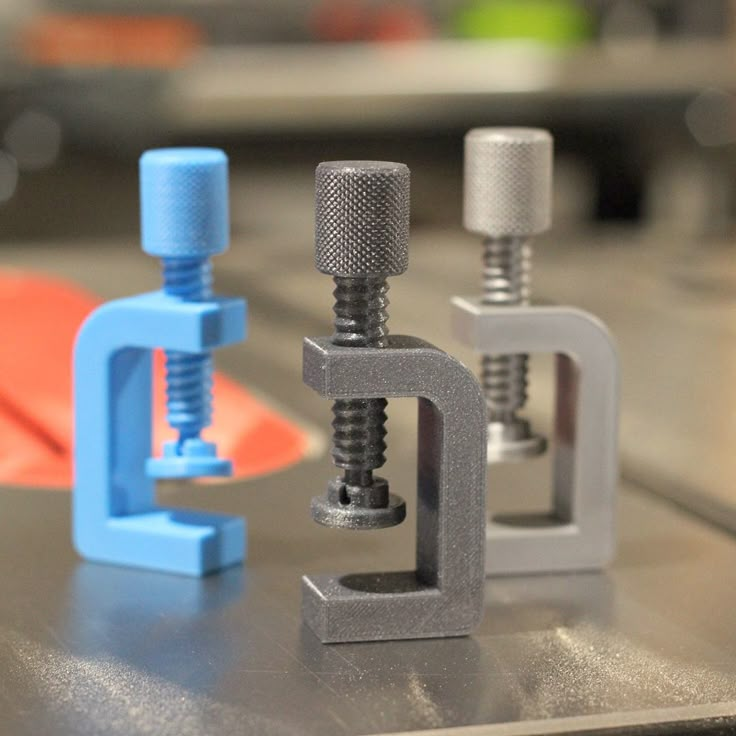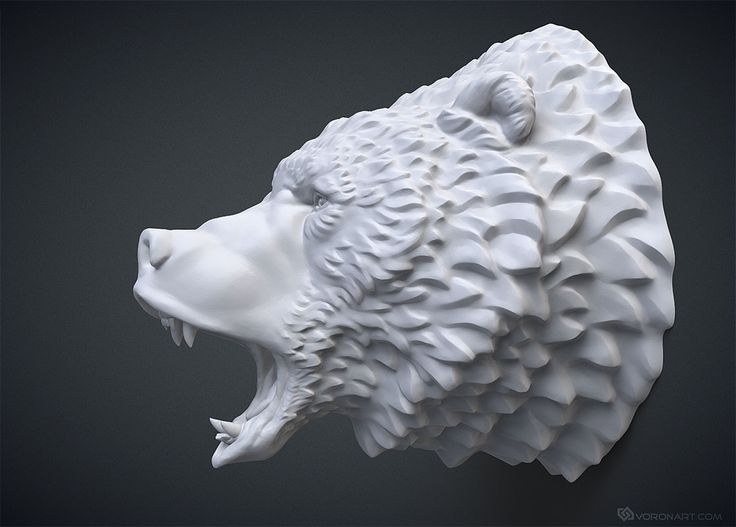3D print airless tire
Michelin’s Uptis airless tire takes to the road with 3D printing
0Shares
The 2021 3D Printing Industry Awards shortlists are open for voting, have your say now.
French tire manufacturer Michelin has reached a new milestone in the development of its airless Uptis (Unique Puncture-proof Tire System) tire, having carried out successful road tests.
As part of Michelin’s VISION concept, if Uptis goes to market in 2024 as planned, drivers would be able to 3D print the tread and adapt the tires according to their driving, seasonal weather conditions, and to self-maintain the general health of the tire.
3D printing has already been used to create the prototype of the tire, however further details on the additive manufacturing technologies involved and the extent to which they will be used in the future, remain to be seen.
Michelin’s Uptis tire is airless to eliminate the risk of punctures. Photo via Michelin.An airless, biodegradable concept
Michelin first proposed the Uptis concept tire at its International Mobility Summit, Movin’On, in 2017. The tire was designed to be airless in order to eliminate punctures while being biodegradable and equipped with sensors for real-time monitoring.
The tire’s airless interior design is based on an alveolar structure such as that found in lungs, which feature intricate internal geometries suited to 3D printing. To create the prototype for the show, Michelin worked with automotive manufacturer General Motors to 3D print the concept tire.
Ultimately, Michelin is seeking to reduce the number of tires thrown away due to punctures, which, according to an in-house “scrapyard survey”, amounts to some two million tons, or 200 times the weight of the Eiffel Tower. The firm believes its Uptis tire could avoid this waste altogether thanks to its airless nature and “rechargeable” potential.
The tire’s “rechargeable” concept is the most interesting element of the design from an additive manufacturing perspective, and could see drivers reprint their tire treads by the roadside.
The Uptis tire is scheduled to come to the market in 2024. Photo via Michelin.
Photo via Michelin.Uptis’ rechargeable tread
Through its VISION concept, Michelin is aiming to make mobility safer, cleaner, more efficient, and universally accessible. The concept demonstrates how the company’s sustainable development model hopes to transform tire manufacturing between now and 2050, the date by which the EU aims to be climate-neutral.
The four pillars of VISION are Airless, Rechargeable, Connected, and 100 percent Sustainable. To meet its Airless goal, Michelin is developing technology that eliminates the risk of flats and rapid pressure loss to improve safety and comfort, while reducing the environmental impact of tire wastage.
The Connected element of VISION sees the Uptis equipped with numerous sensors to usher in a “new era” of service, comfort, and safety for motorists, while its Sustainable pillar sees Uptis manufactured by biosourced and recycled materials in order to ensure the environmental footprint of the tire’s lifecycle is minimal.
Finally, and hailed by Michelin as one of the “most revolutionary” aspects of its VISION concept, is the Rechargeable commitment. According to the company, having a tire with a 3D printed tread makes it possible to deposit just the right amount of rubber compound, therefore reducing the use of raw materials.
The tire can subsequently be “recharged” using a 3D printer that reprints the tire tread according to the needs of motorists. For instance, drivers might want to adapt their tires to winter or summer conditions, or simply upkeep the general health of their tires as a result of wear and tear.
With 3D printing, Michelin says these adjustments could be made quickly and easily via an on-demand service that could see drivers 3D print new treads for their tires by the roadside. While further details are still to come regarding which 3D printing technologies would be used, and in what capacity, it seems 3D printed roadside repairs could become reality when the tire comes to the market in 2024.![]()
Michelin already uses metal 3D printing to design and create multiple products, including the components of tire molds. Going forwards, the company will leverage this expertise further to explore rubber 3D printing to offer its recharging concept for tire treads.
The tire’s tread could be “recharged” using 3D printing. Photo via Michelin.Test driving the Uptis
The latest development in Michelin’s VISION has seen the Uptis transfer from concept to the road. Automotive YouTubers Mr. JWW and Gercollector were brought in to test the prototype Uptis in real-life conditions on public roads.
Both offered substantial praise for the tire, said Cyrille Roget, Michelin Group Technical and Scientific Communications Director: “Our greatest satisfaction came at the end of the demonstration when our passengers said they felt no difference compared with conventional tires.”
Subscribe to the 3D Printing Industry newsletter for the latest news in additive manufacturing. You can also stay connected by following us on Twitter and liking us on Facebook.
Looking for a career in additive manufacturing? Visit 3D Printing Jobs for a selection of roles in the industry.
Subscribe to our YouTube channel for the latest 3D printing video shorts, reviews and webinar replays.
Featured image shows Michelin’s Uptis tire is airless to eliminate the risk of punctures. Photo via Michelin.
Tags Cyrille Roget General Motors Gercollector Michelin Michelin Uptis Michelin VISION Movin'On Mr JWW
Hayley Everett
Hayley is a Technology Journalist for 3DPI and has a background in B2B publications spanning manufacturing, tools and cycling.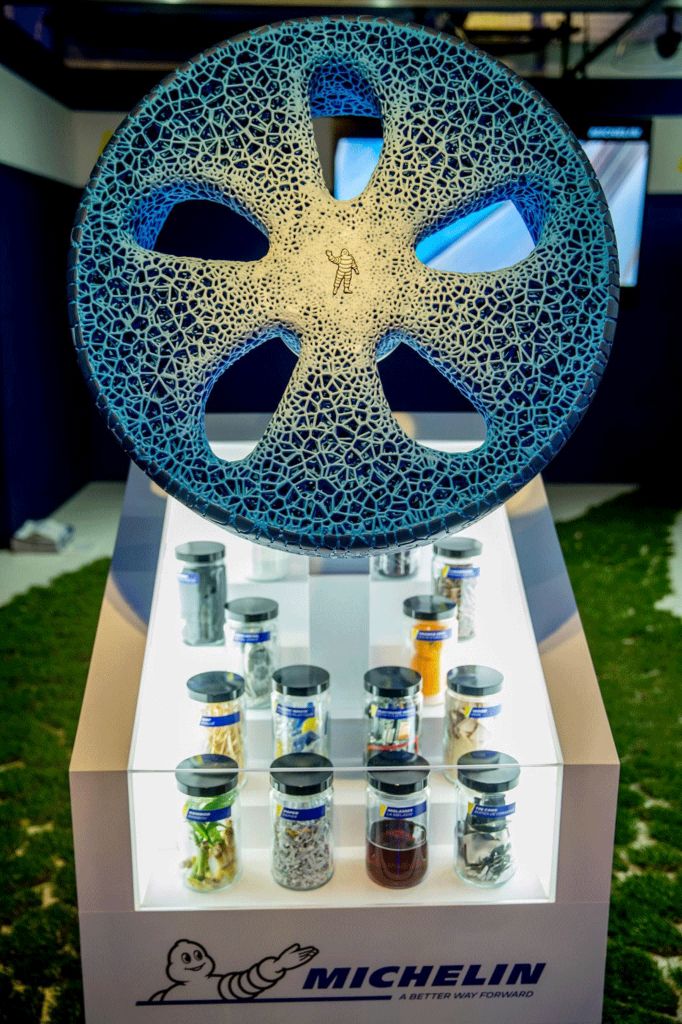 Writing news and features, she holds a keen interest in emerging technologies which are impacting the world we live in.
Writing news and features, she holds a keen interest in emerging technologies which are impacting the world we live in.
Uptis, airless and puncture-proof tire thanks to 3D printing
3D printing news News Uptis, airless and puncture-proof tire thanks to 3D printing
Published on June 14, 2019 by Carlota V.
The French tire manufacturer Michelin presented its first prototype tire, supported by additive manufacturing technologies – it is called Uptis (Unique Puncture-proof Tire System) and it is a mounted assembly designed without air to avoid all punctures. The company worked with the American manufacturer General Motors, already a user of 3D printing, to present a 3D printed prototype at the “Movin’On” summit on sustainable mobility in Montreal. With this puncture-proof tire, they hope to reduce the number of tires thrown away due to punctures and ensure better safety for motorists.
In 2017, Michelin introduced its new tire concept, Vision, which was based on four main features: it is a connected, airless system with a 3D printed tread pattern, easily adjustable, and designed with bio-materials.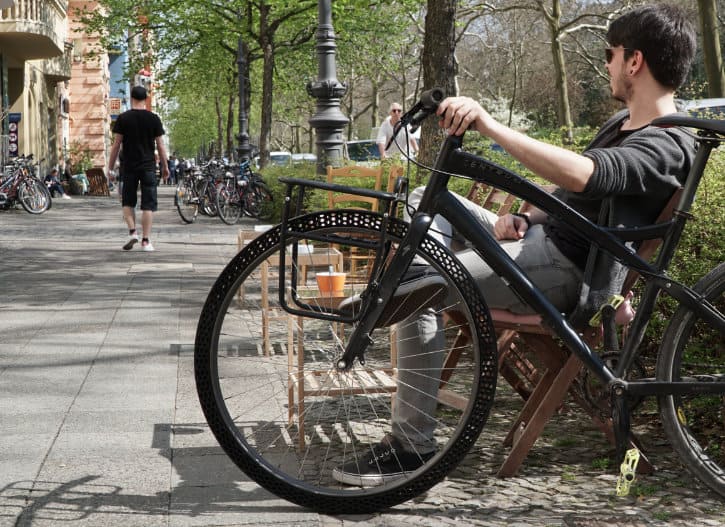 Their new tire Uptis could well equip some cars by 2024. According to the company, about 20% of tires in the world are thrown away because of punctures, which corresponds to 200 million units! This is a striking observation that Michelin and General Motors want to tackle with an airless tire.
Their new tire Uptis could well equip some cars by 2024. According to the company, about 20% of tires in the world are thrown away because of punctures, which corresponds to 200 million units! This is a striking observation that Michelin and General Motors want to tackle with an airless tire.
Credits: Michelin
Uptis, a future tire possible thanks to 3D printing?
The two partners did not reveal any more information about how this tire was manufactured – it is not known whether it will incorporate a 3D printed tread. However, 3D technologies were used to create the prototype and we can say that Michelin is wanting to follow up on the Vision concept. They explained that they used composite materials for the production of Uptis – materials that are fully compatible with additive manufacturing. Éric Vinesse, Michelin Group Vice President of Research and Development, said: “The Uptis prototype demonstrates Michelin’s capacity for innovation, both in the field of high-tech materials and in the development approach, in close collaboration with GM.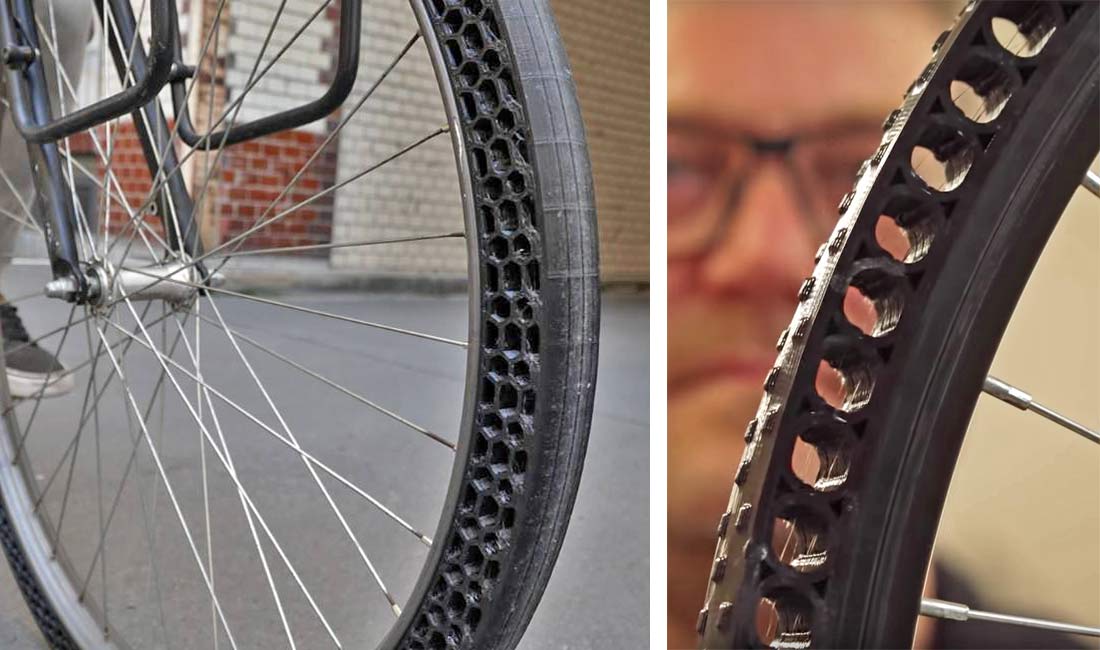 This partnership further strengthens our innovation roadmap, based on our Vision concept.”
This partnership further strengthens our innovation roadmap, based on our Vision concept.”
This airless tire should considerably reduce the number of punctures, thus ensuring motorists a certain serenity but also better productivity for all professional operations. Finally, the ultimate objective of Uptis is above all to save materials, reduce waste and promote more sustainable mobility. Michelin and General Motors are conducting initial tests on cars like the Chevrolet Bolt EV in the United States later this year.
General Motors Managing Director Steve Kiefer concludes: “General Motors is excited about the opportunities offered by Uptis and the collaboration with Michelin on this breakthrough technology. Uptis is the ideal solution to propel the automotive industry into the future and perfectly illustrates how our customers benefit from the innovations developed with our OEM partners. “
You can find more details on Michelin’s website HERE and in the video below:
What do you think of this prototype of a 3D printed tire? Let us know in a comment below or on our Facebook and Twitter pages! Don’t forget to sign up for our free weekly Newsletter, with all the latest news in 3D printing delivered straight to your inbox!
Goodyear to Test Airless Tires on 3D Printed Olli Minibuses
News
The recipients of the new wheels will be Olli 3D-printed unmanned minibuses manufactured by Local Motors, put into trial operation in Florida.
Goodyear and Local Motors have been working together for about three years. Local Motors is the first automotive company in the world to more or less successfully introduce 3D printing of not just small functional components and decorative parts, but bodies. BAAM 3D printers, large-format additive machines manufactured by Cincinnati Incorporated that print with carbon-fiber-filled granular ABS plastic, help with the production of large-sized structures. nine0003
nine0003
Ollie are self-driving electric shuttle buses and Local Motors' first mass-produced 3D printed product. Before Olli, the company produced experimental two-seat cars Strati and LM3D Swim, but in single copies. Ollis are either operated or have previously been operated in the USA, Italy, Germany, Australia and Saudi Arabia: they are mainly university campuses and business centers, but these minibuses can also be seen in Yellowstone National Park, cannot be seen at the base of the Marine Corps USA in Miramar (they are there, but they won’t let you in) and in Berlin, where the European branch of Local Motors settled. In 2019minibuses were upgraded to the current version 2.0 (read more about the production and device of Olli in the material at this link).
Carrying students around Italian campuses or crates of ammo and oranges around American military bases is all well and good, but not enough. Local Motors wants to see its minibuses in autonomous operation on city streets, and there are some progress in this direction: for example, in July last year, the Jacksonville Transportation Authority issued a permit to Beep transportation company to test operation of Olli minibuses on its territory.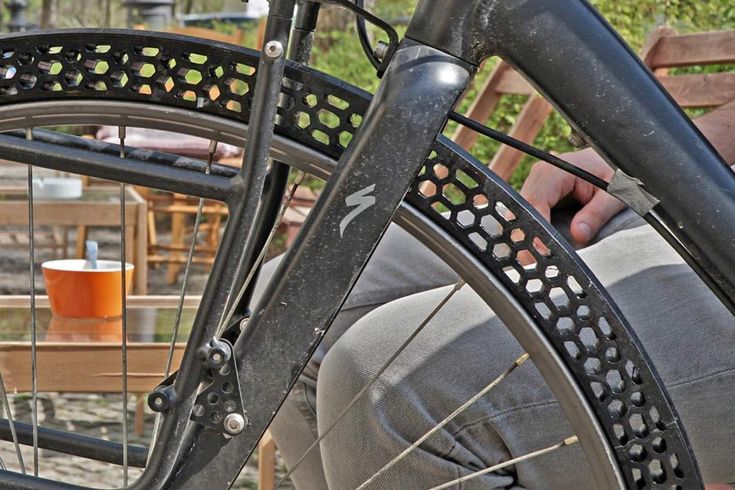 nine0003
nine0003
Goodyear also has something to offer: the well-known tire and tire manufacturer has been playing with the idea of airless wheels for a long time, and not without looking back at the main competitor, Michelin, who also managed to demonstrate developments in this direction. The very idea of airless tires relies primarily on improving reliability and service life, and this fits perfectly into the concept of unmanned public transport. Hence the collaboration between Goodyear and Local Motors: for several years now, prototypes of airless tires have been installed on Olli and tested at the Goodyear test site, show off together at exhibitions, and now they will work in pairs on routes in Florida. nine0003
“Alternative airless tire architecture is ideal, especially in the context of emerging autonomous vehicles. This is an important milestone for us as we hope to bring the first fully recyclable and maintenance-free tires to market by the end of this decade,” said Michael Rakita, Goodyear's Airless Tire Development and Implementation Program Manager.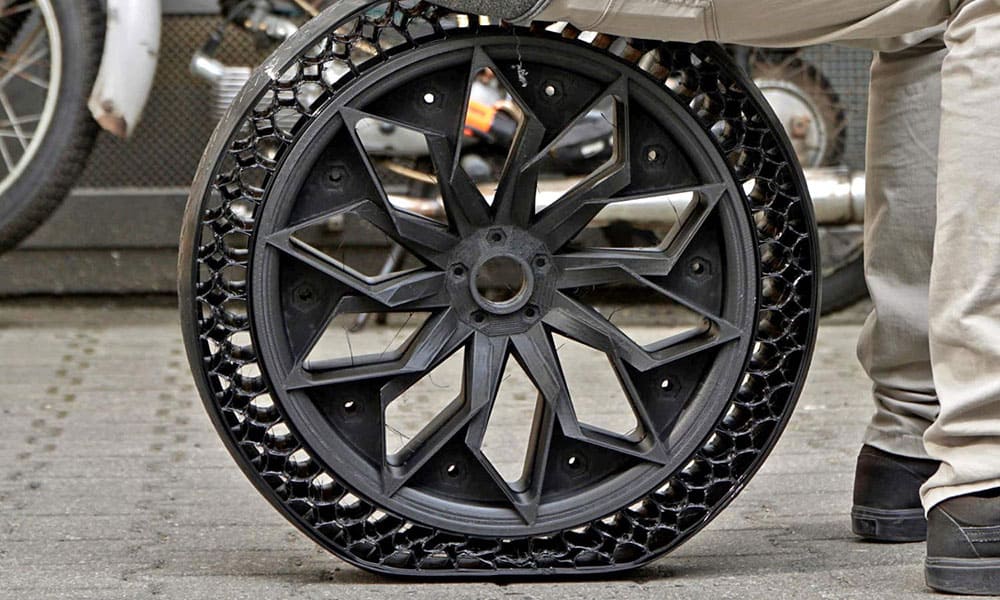
Do you have interesting news? Share your developments with us, and we will tell the whole world about them! We are waiting for your ideas at [email protected]. nine0037
local motors Ollie good year transport tires
Subscribe author
Subscribe
Don't want
5
Uptis is a 3D printed airless and puncture resistant tire
Uptis, a 3D printed airless and puncture-resistant tire puncture) and is a mounted assembly designed without air to avoid all punctures. The company worked with the American manufacturer General Motors, which is already a user of 3D printed to present a 3D printed prototype at the Movin'On Summit on Sustainable Mobility in Montreal.
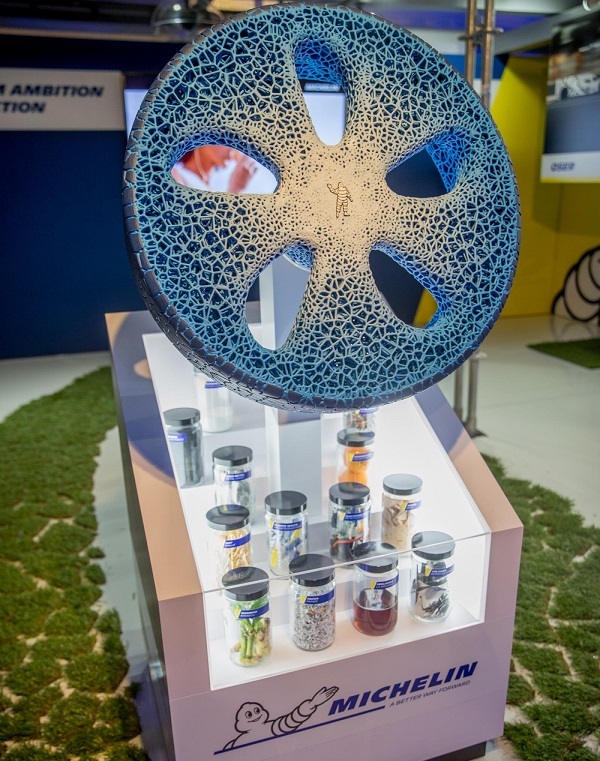 With this puncture-resistant tire, they hope to reduce the number of discarded tires due to punctures and provide better safety for motorists.
With this puncture-resistant tire, they hope to reduce the number of discarded tires due to punctures and provide better safety for motorists. In 2017, Michelin introduced a new Vision tire concept based on four key features: it is a connected airless system with a tread pattern printed on 3D printer, easily adjustable and developed with biomaterials. Their new Uptis tire could well equip some vehicles by 2024. According to the company, about 20% of the world's tires are discarded due to punctures, which equates to 200 million units! This is a startling observation that Michelin and General Motors want to solve with an airless tire. nine0003
Uptis, is the future of tires possible with 3D printing?
The two partners did not disclose more information about how this tire was made - it is not known if it will contain a tread with 3D- print . However, 3D technology was used to build the prototype and we can tell that Michelin wants to develop the Vision concept.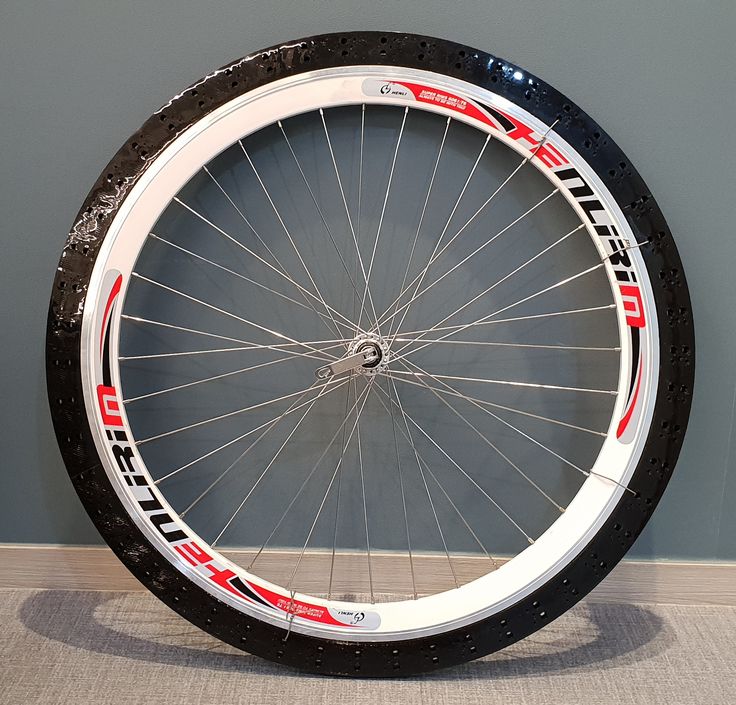 They explained that they used composite materials to manufacture Uptis, materials that are fully compatible with additive manufacturing. Eric Winess, Michelin Group vice president of research and development, said: “The Uptis prototype demonstrates Michelin's ability to innovate both in high-tech materials and in its development approach in close collaboration with GM. This partnership further strengthens our innovation roadmap, based on our Vision concept.” nine0003
They explained that they used composite materials to manufacture Uptis, materials that are fully compatible with additive manufacturing. Eric Winess, Michelin Group vice president of research and development, said: “The Uptis prototype demonstrates Michelin's ability to innovate both in high-tech materials and in its development approach in close collaboration with GM. This partnership further strengthens our innovation roadmap, based on our Vision concept.” nine0003
This airless tire should significantly reduce the number of punctures, giving motorists some peace of mind as well as improving performance for all professional operations. Finally, the ultimate goal of Uptis is above all to conserve materials, reduce waste and promote more sustainable mobility. Michelin and General Motors will conduct the first tests on vehicles such as the Chevrolet Bolt EV in the United States later this year.
General Motors Managing Director Steve Kiefer concludes, “General Motors is excited about the opportunities offered by Uptis and working with Michelin on this revolutionary technology.


